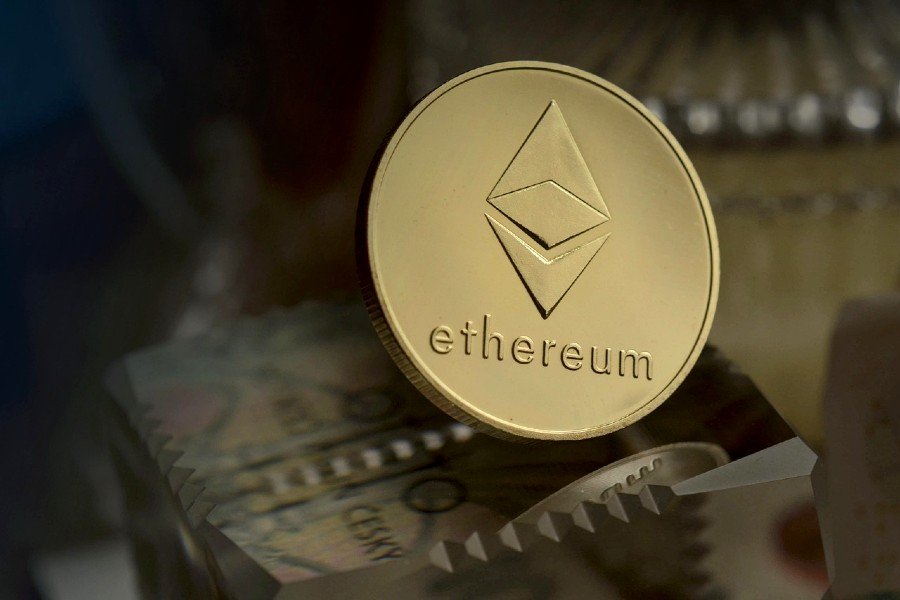Ethereum, the second-largest cryptocurrency by market capitalization, continues to dominate headlines in the blockchain and Web3 space. With its ongoing evolution toward Ethereum 2.0, ecosystem expansions, Layer-2 integrations, and regulatory conversations worldwide, July 2025 has brought fresh insights and impactful developments. Here’s a comprehensive look at the most important Ethereum news this month.
1. Ethereum 2.0: Final Stage of the Merge Completed
In a landmark move for decentralization and scalability, Ethereum developers announced the successful implementation of the final stage of “The Merge” into Ethereum 2.0. This transition now fully eliminates Ethereum’s reliance on the energy-intensive Proof of Work (PoW), completing its transition to a full Proof of Stake (PoS) system. The result:
- Over 99.9% reduction in energy consumption
- Enhanced staking incentives
- Improved validator performance and lower hardware barriers
Developers have confirmed that this upgrade paves the way for the “Surge” phase, which will focus on scaling via sharding.
2. Surge & Sharding: Scaling the Network for Mass Adoption
Following the success of the Merge, Ethereum’s developers are actively working on implementing sharding—a technology that breaks down the blockchain into smaller pieces or “shards” to drastically increase throughput. According to Vitalik Buterin, sharding will allow Ethereum to process 100,000+ transactions per second when fully integrated with rollups and Layer-2 protocols.
3. ETH Price Surges Amid Institutional Adoption
July 2025 has also seen a significant price surge in ETH, which broke above the $4,500 mark, driven by renewed interest from institutional investors. Several major financial institutions, including BlackRock and JPMorgan, announced plans to expand their Ethereum-based products, including:
- Tokenized real estate funds
- Decentralized derivatives trading platforms
- Ethereum-backed ETFs in Europe and Asia
4. Layer-2 Expansion: zkEVMs Leading the Charge
Layer-2 scaling solutions are booming, with zkEVMs (zero-knowledge Ethereum Virtual Machines) becoming more prominent. Major projects like Polygon zkEVM, zkSync Era, and Scroll have seen a surge in user activity and total value locked (TVL). These protocols enable faster, cheaper transactions while preserving Ethereum’s security and decentralization.
Key Benefits:
- Near-instant transaction finality
- Significantly reduced gas fees
- Seamless dApp migration from Ethereum mainnet
5. Regulatory Landscape: Ethereum Faces Scrutiny but Stays Strong
Despite Ethereum’s technological progress, regulatory scrutiny remains intense. The U.S. Securities and Exchange Commission (SEC) is still evaluating whether certain staking mechanisms qualify as securities offerings. Meanwhile, the European Union has announced more lenient frameworks under its Markets in Crypto-Assets Regulation (MiCA), encouraging Ethereum-based innovation.
Developers and legal analysts expect Ethereum to remain compliant through further decentralization and community governance models.
6. DeFi and NFTs: Innovation Continues
- DeFi: Ethereum remains the backbone of decentralized finance. This month, new protocols focusing on real-world assets (RWAs) such as tokenized bonds and treasury instruments gained momentum.
- NFTs: Ethereum-based NFT platforms are shifting toward utility and ownership, with major brands launching on-chain IP licensing and dynamic NFT features using Ethereum smart contracts.
7. What’s Next? The Road Ahead
The Ethereum Foundation has teased several upcoming improvements:
- Verkle Trees: To enhance node efficiency
- Stateless clients: To minimize syncing times
- Account abstraction: To make wallets more user-friendly and flexible
These developments are expected to make Ethereum more secure, accessible, and scalable—laying the foundation for a truly decentralized web.
Conclusion
Ethereum’s journey through 2025 reflects its commitment to innovation, sustainability, and global adoption. As Ethereum continues to evolve technologically and legally, it stands as a leading force in shaping the future of decentralized finance, digital identity, and beyond.
